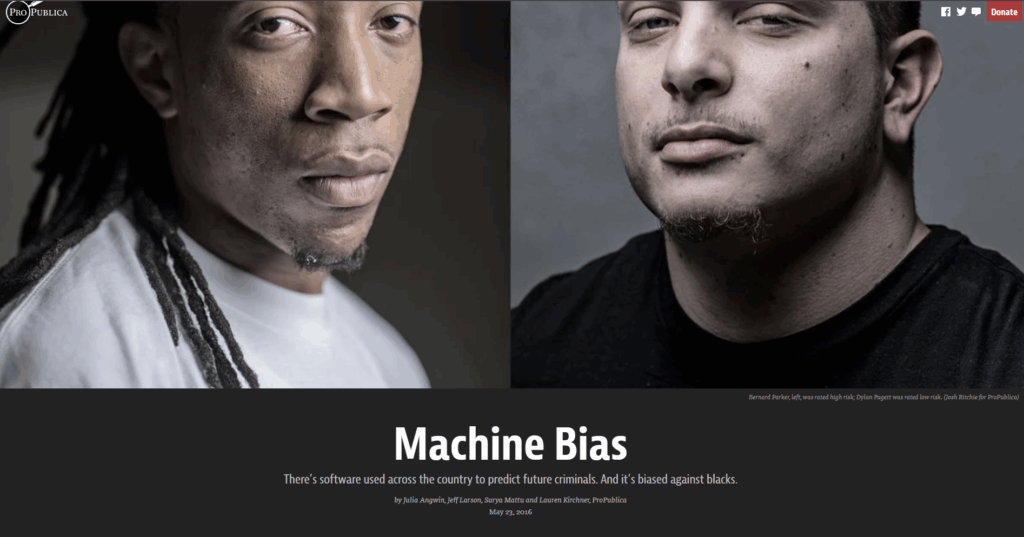Protection: Adversarial testing surfaces unfair behavior
Common bias patterns: Prompt-induced harms (e.g., stereotyping a profession by gender), jailbreaks that elicit unsafe content about protected classes, or unequal refusal behaviors by demographic term.

How to combat it: Run red-teaming at scale with targeted attack sets: protected-class substitutions, counterfactual prompts (“they/them” → “he/him”), and policy stress tests across languages. Pair this with safety fine-tuning using curated negatives and refusals, and add guardrail policies that are explicit about protected attributes and cultural slurs across regions.
How to measure progress: Track attack success rate by bias category; measure false acceptance/false refusal parity across demographics; monitor toxicity/harassment scores and jailbreak recovery rate (how quickly a patched model stops repeating the failure). Improvement looks like declining attack success and tighter parity gaps release over release.

Perception: Tone, politeness, and cultural nuance without favoritism
Common bias patterns: Models that mark direct speech as “rude” in cultures where directness is normal; voice or TTS systems that sound friendlier in one dialect; tone classifiers that conflate dialectal features with negativity.
How to combat it: Use cultural calibration tasks with native and regional experts to label pragmatics (formality, politeness strategies, indirectness). Build counterfactual tone sets (same intent, different dialect) to check that sentiment/politeness ratings stay consistent. For speech, include prosody and discourse markers in guidelines so annotators capture how meaning shifts with emphasis and micro-pauses.
How to measure progress: Track sentiment/politeness parity by dialect/culture; maintain inter-annotator agreement (IAA) targets with culturally diverse panels (e.g., κ ≥ 0.75 for tone); run A/B perception tests with human raters across markets and monitor complaint/CSAT deltas in production.
Truth: Source, coverage, and grounded factuality
Common bias patterns. Hallucinated citations that disproportionately quote certain outlets; summaries that omit perspectives from under-represented groups; over-confidence on topics with sparse or skewed sources.
How to combat it. Implement attribution and grounding workflows: evaluators verify claims against reference sets and require line-level citations. Add coverage audits to detect gaps (e.g., geography, authorship, timeframe) and reinforce with iterative rewrite: when a claim lacks support, annotators either correct it with sources or mark it “unresolvable.”
How to measure progress. Track factuality score (supported/total claims), citation validity rate, and coverage balance across predefined dimensions (region, publisher type). In production, monitor hallucination incident rate and mean time-to-correct via feedback loops.
Data: Diverse sampling, balanced labels, and drift monitoring
Common bias patterns. Training sets dominated by a handful of locales; label skew where one class is over-applied; regression when new data skews distributions (seasonality, domain shifts).
How to combat it. Start with representation plans that specify demographic and topical quotas; use stratified sampling and active learning to fill gaps. During labeling, enforce gold sets and adjudication to reduce systematic label bias. After deployment, run drift monitoring — if user traffic shifts, refresh data to preserve balance.
How to measure progress. Publish a data card with coverage metrics; track label distribution parity and IAA by subgroup; measure performance parity (accuracy, helpfulness, refusal behavior) across demographics and intents. Use pre/post comparisons to show whether remediation closes gaps without harming overall quality.
Putting it together: A bias program you can defend
The most reliable anti-bias programs combine all four lenses on bias to prevent, detect and correct it. Together, they create a virtuous cycle: you detect bias earlier, fix it faster, and prove it with the right metrics. If you’re just starting, pilot each stream on a narrow slice of your product. Then institutionalize what works into your evaluation harness and release checklist.
- a 1–2 week red-team sprint;
- a perception panel for two key markets;
- a truth audit for your top three intents;
- a data coverage check with a drift alert.
Bias won’t disappear, but with structured workflows and measurable goals, it becomes something you can manage — and continuously improve — without sacrificing model performance or speed to market.
Operationalizing a bias detection program means anticipating hurdles and instituting rigorous safety controls. Deepen your understanding of the core challenges businesses must address in Building ethical AI: Key challenges for businesses. Then, explore how advanced methods like red teaming are used to stress-test your models and proactively manage bias on our Services – Protection page. Contact an expert at Sigma to learn more.
